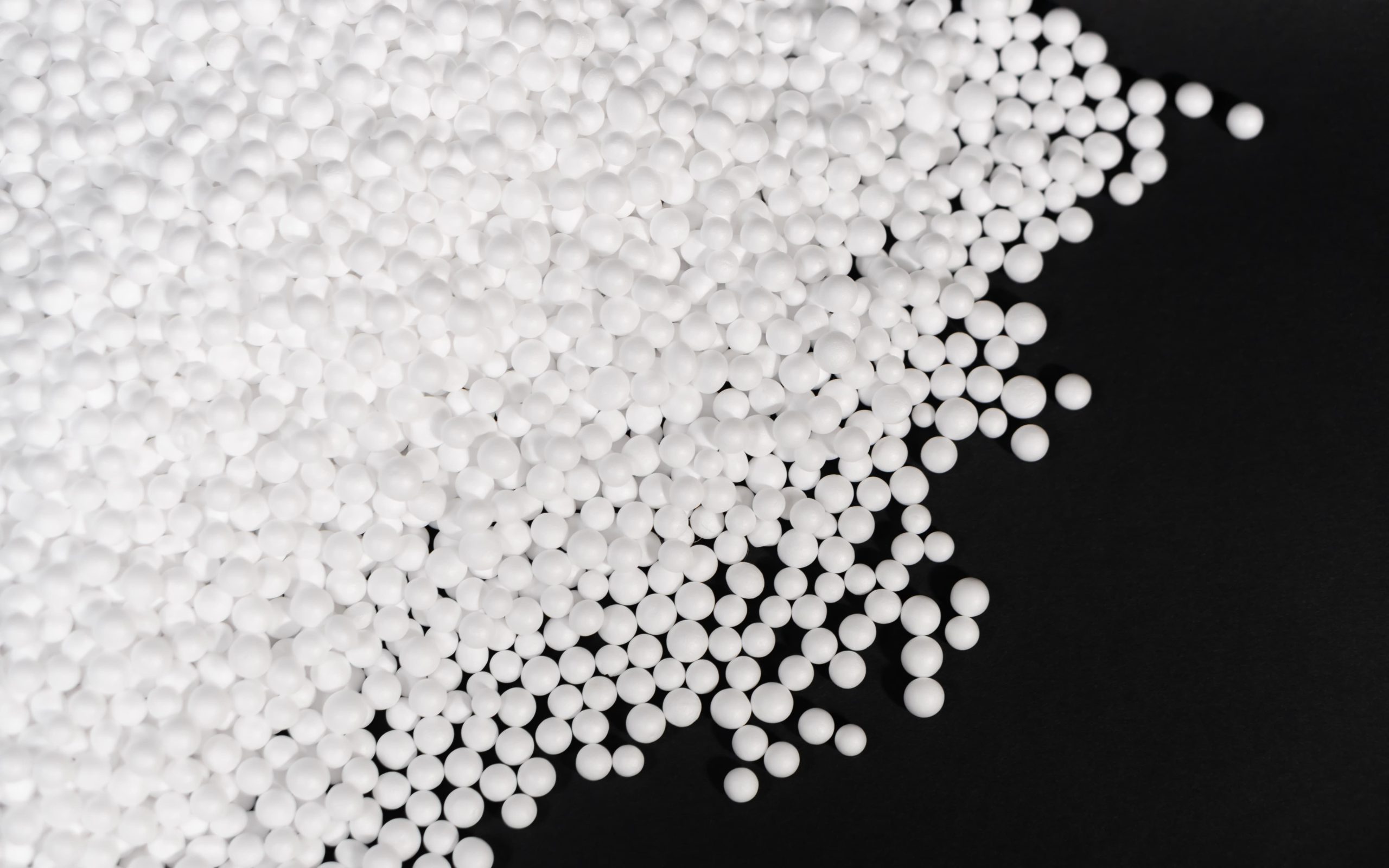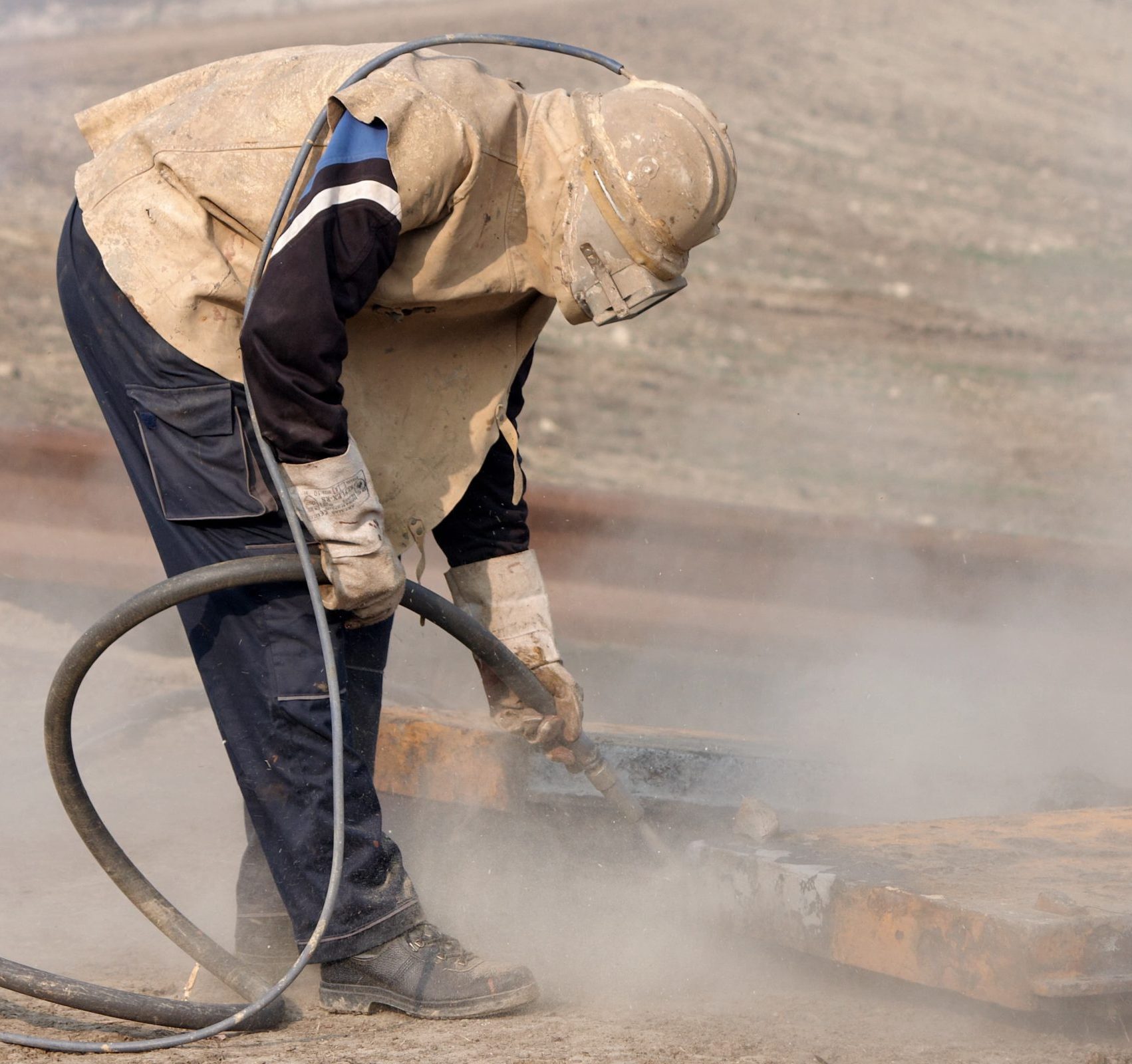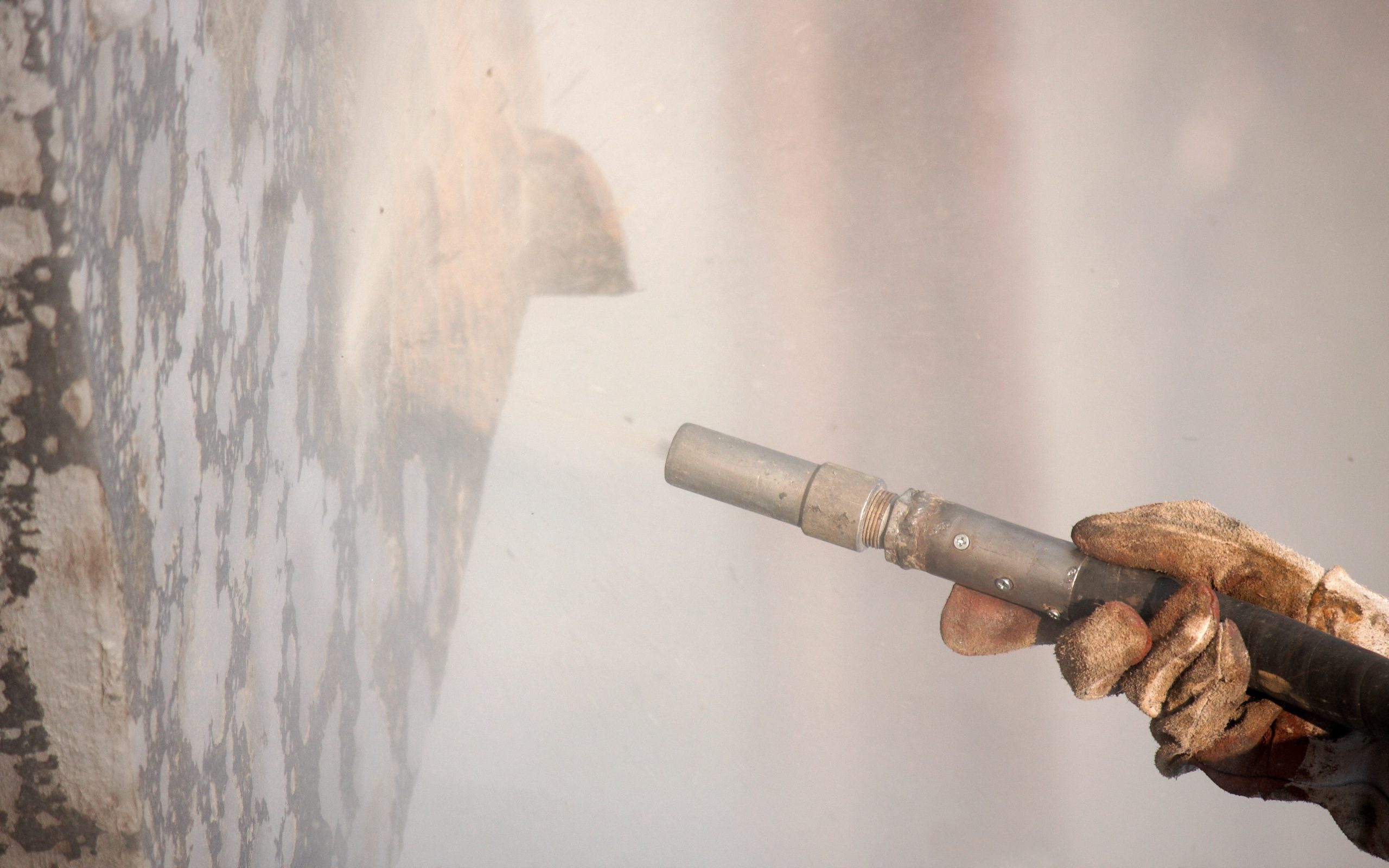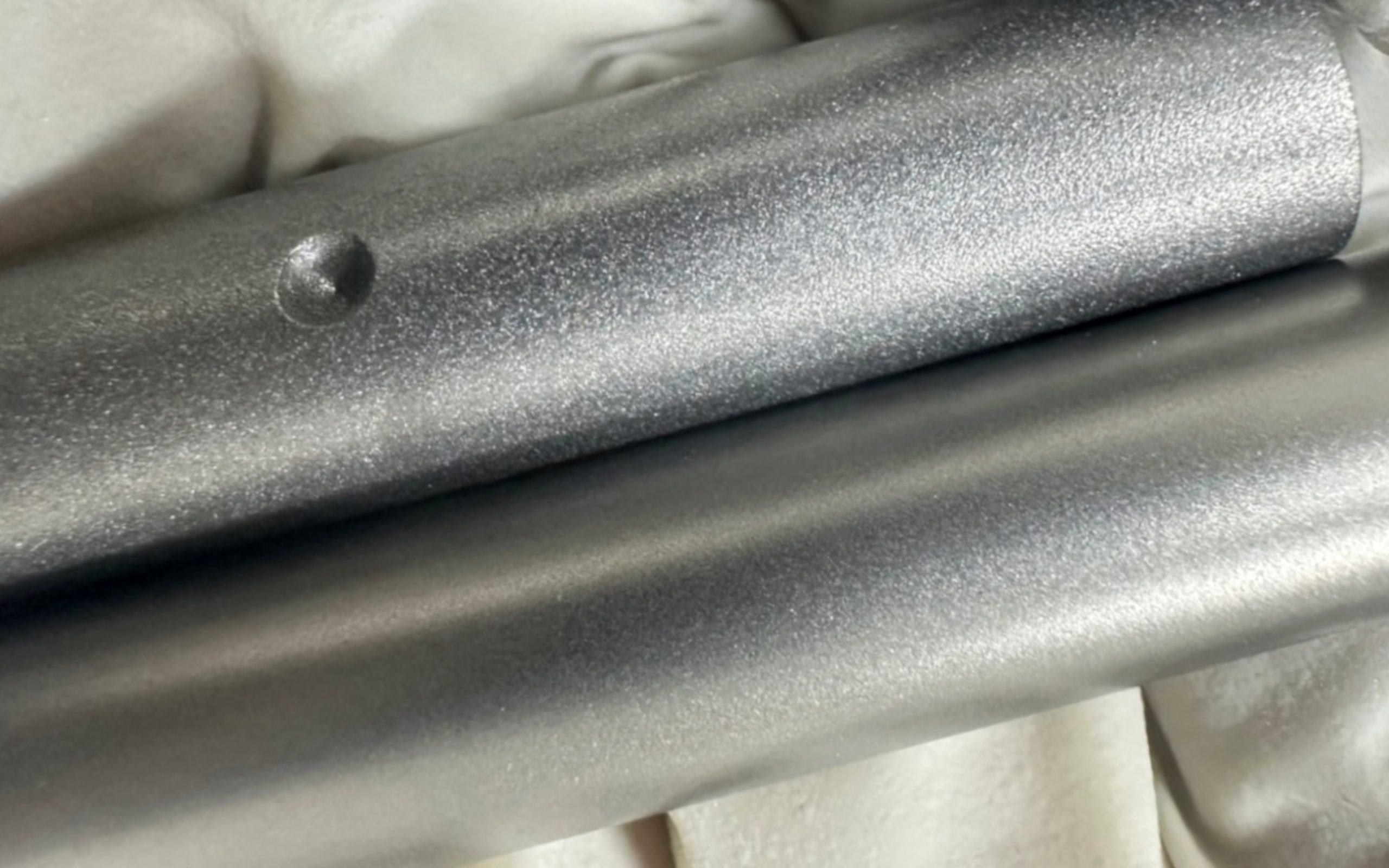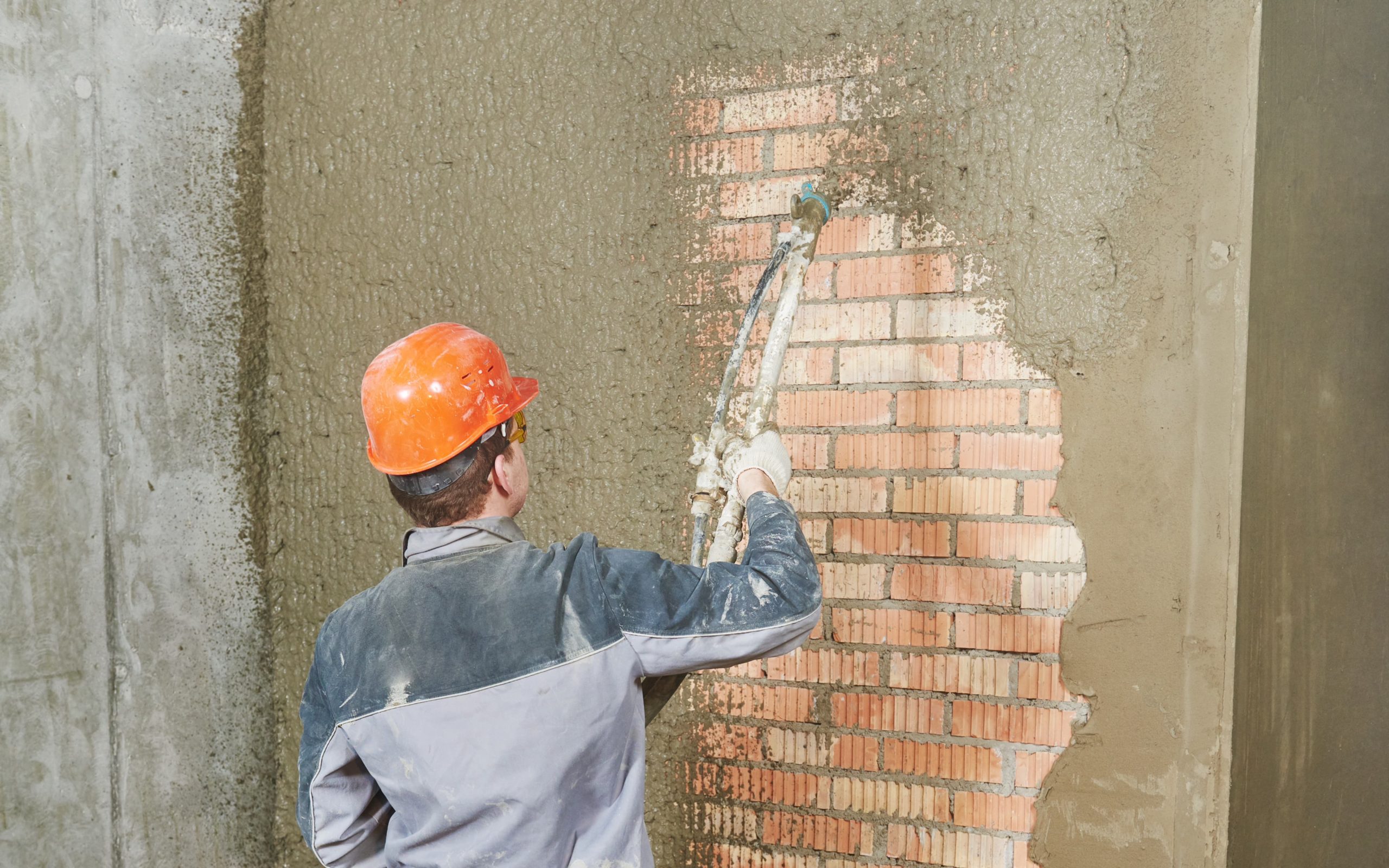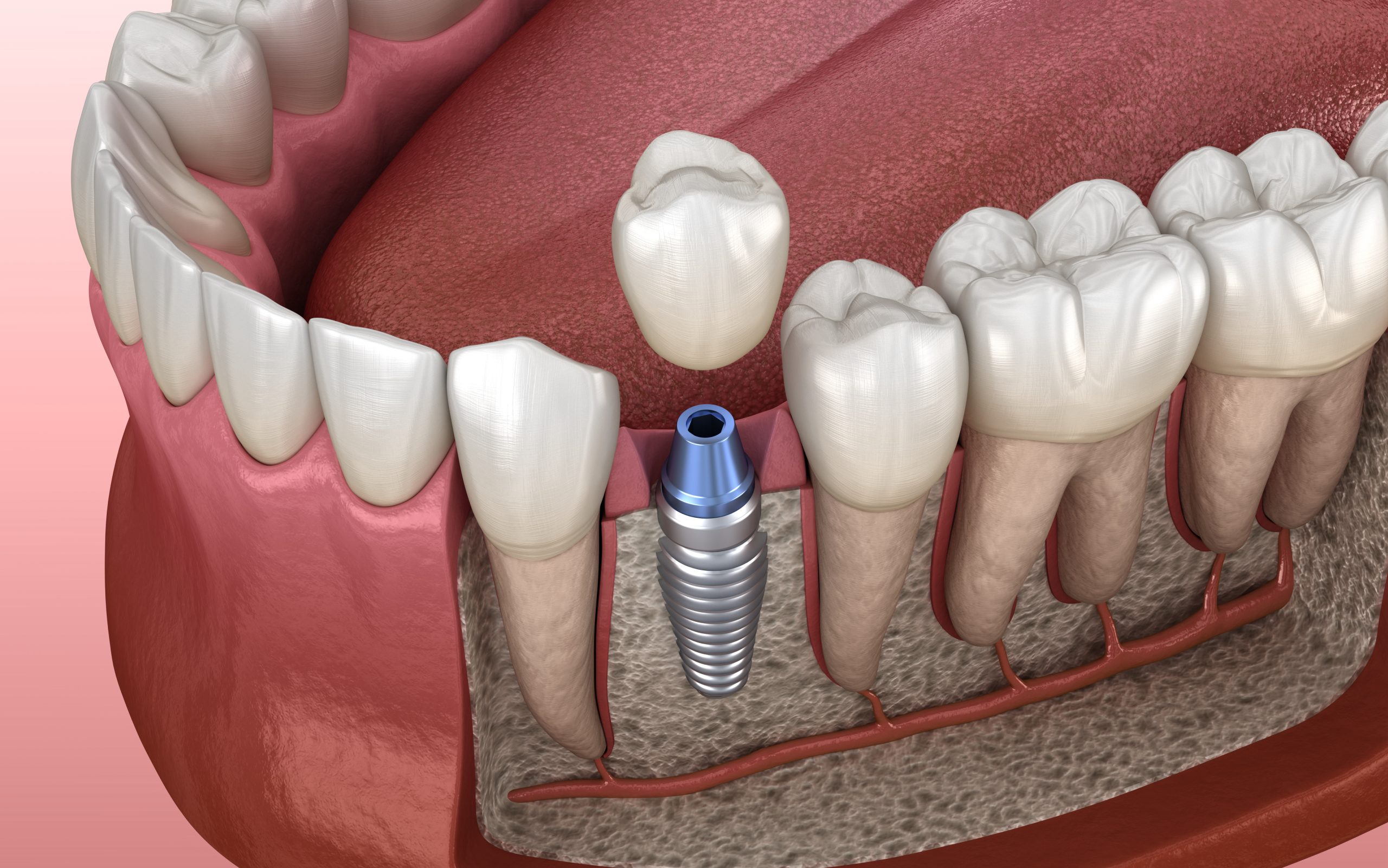From burr to perfection: polystyrene beads optimize production processes
September 14, 2024

In the field of precision manufacturing, burr treatment is an issue that cannot be ignored. Burrs not only affect the appearance and function of parts, but may also cause a decrease in production efficiency. With the advancement of manufacturing technology, the introduction of automated equipment and efficient media has provided a new solution to the burr problem. As an efficient sandblasting medium, polystyrene deflashing beads can show unique advantages in automated processing, break through the limitations of traditional deflashing processes, and help precision manufacturers achieve a qualitative change from burrs to perfection.
Challenges of burr problems to precision machining
In the field of precision manufacturing, burrs will inevitably appear in machining, milling, turning and other processes. The presence of burrs will affect the matching accuracy of parts, weaken mechanical properties, and even cause failures during assembly and operation. In the past, manufacturers usually relied on the following traditional methods to deal with burrs:
- Manual deflashing
- Method: Use hand tools (such as files, sandpaper, etc.) to directly remove burrs.
- Advantages: Low cost, suitable for small-scale production or complex and precise workpiece processing.
- Disadvantages: The operation is time-consuming and depends on the experience of workers, and it is difficult to ensure consistency; the labor cost is high and the processing efficiency is low, which can easily cause production bottlenecks.
- Mechanical deflashing
- Method: Use mechanical means such as cutting, grinding, and lapping to remove burrs.
- Advantages: Able to process a large number of workpieces, with high efficiency, suitable for workpieces with simple shapes.
- Disadvantages: It is easy to remove materials excessively, resulting in impaired part accuracy, especially when processing complex or tiny workpieces.
- Thermal deflashing
- Method: Use high temperature (such as combustion or explosion) to quickly melt and remove burrs.
- Advantages: Able to process hard-to-reach internal burrs, fast speed, suitable for large-scale processing.
- Disadvantages: Expensive equipment, and the material properties or surface finish may be affected during the processing.
- Electrochemical deflashing
- Method: Remove burrs through electrolytic reaction.
- Advantages: Suitable for workpieces with complex shapes, and can achieve large-scale deflashing in a short time.
- Disadvantages: High cost, special electrolyte required, and complex equipment maintenance.
Although these traditional methods have their own application scenarios, they often have defects when facing the high requirements of precision machining. Manual deflashing is inefficient, mechanical deflashing may cause surface damage, and thermal and electrochemical deflashing are fast but complex and costly, especially when dealing with sensitive precision parts.
Characteristics of polystyrene deflashing beads
In order to better solve the burr problem, manufacturers are gradually turning to softer and more efficient deflashing materials. Among them, polystyrene deflashing beads have become an ideal sandblasting medium due to their unique physical properties.
- Precision and consistency: Polystyrene deflashing beads are spherical, uniform in particle size, and have high particle consistency. This means that when processing precision parts, a stable surface treatment effect can be maintained, and uneven surface treatment will not be caused by uneven particle size.
- Soft but effective cutting force: Compared with metal or harder sandblasting media, polystyrene deflashing beads have a softer cutting force and are suitable for processing more fragile substrates. It can effectively remove burrs without causing excessive damage to the main surface of the part, thereby reducing defective products caused by excessive grinding.
- No residue: Since polystyrene itself is chemically stable, no dust or harmful residue will be generated during the deflashing process, avoiding the need for secondary cleaning. This is a significant advantage for the high cleanliness requirements in precision machining.
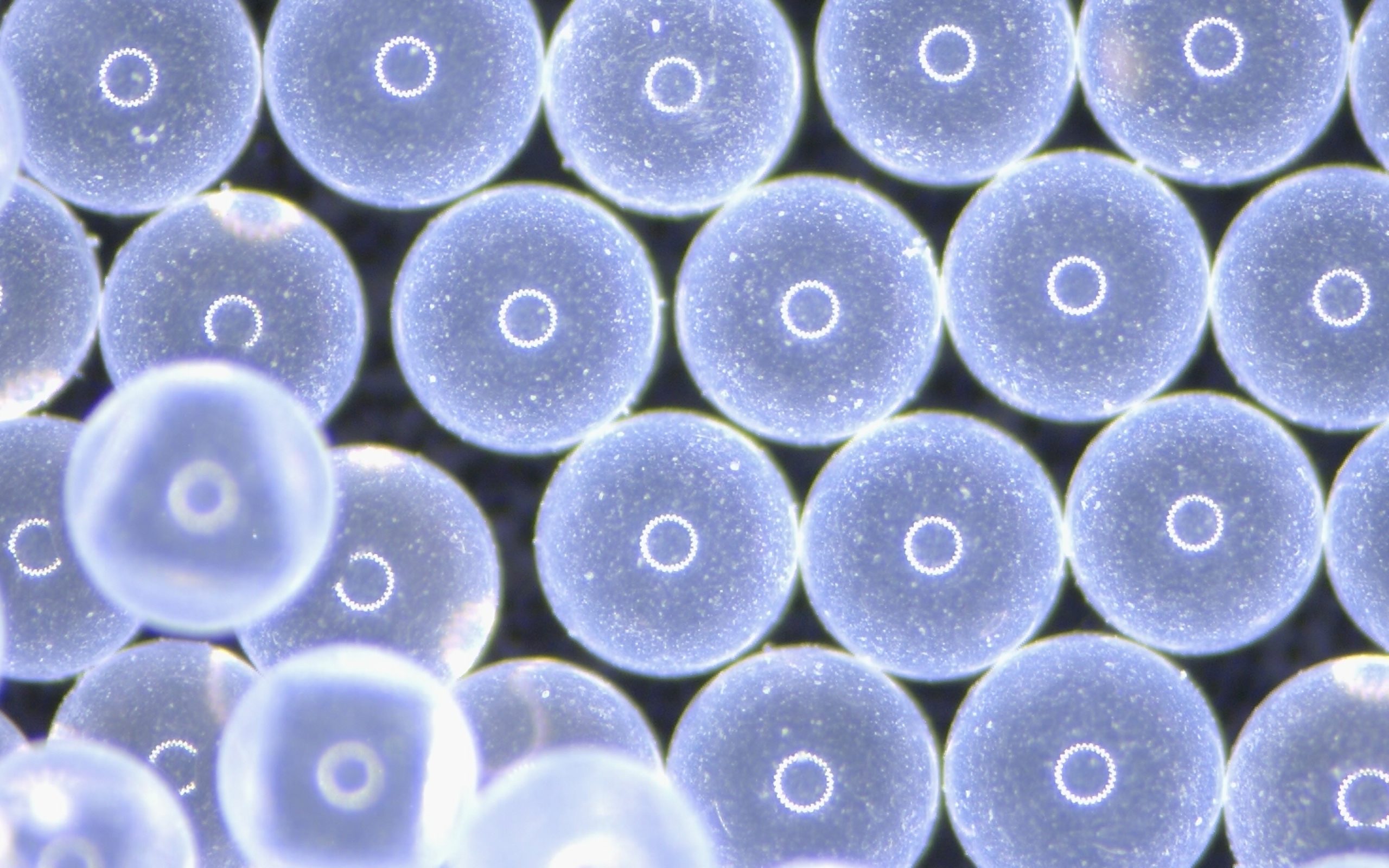
Perfect transparent sphere
Automated sandblasting equipment and precision control
In modern manufacturing, the introduction of automated equipment has greatly improved production efficiency and consistency. The automation of sandblasting equipment can achieve efficient and precise control of part surface treatment, especially when large-scale production is required. The automated system can not only reduce manual intervention, but also improve production consistency and stability.
Advantages of automated sandblasting equipment
- Automated operation, reducing manual intervention: Automated sandblasting equipment can continuously process parts according to preset programs, avoiding errors and inconsistencies in manual operation. Through a precise control system, the equipment can process each part to the same standard, greatly improving production efficiency.
- High-precision control: Modern sandblasting equipment is usually equipped with advanced sensors and control systems, which can monitor parameters such as sandblasting pressure, medium flow rate, angle, etc. in real time, and adjust them according to the different needs of parts to ensure that the treatment effect is accurate and controllable.
- Strong batch processing capacity: Automated sandblasting equipment can process multiple workpieces at the same time, which is especially suitable for the production of precision parts that require high consistency. Through continuous automated processing, the overall production time of the workpiece is greatly shortened.
- Adapt to different materials and complex structures: Many precision parts have complex geometric structures and surface shapes, and automated sandblasting equipment can easily adapt to these changes by adjusting the spray angle, distance and time, ensuring that every corner can be effectively burred.
Automated equipment for polystyrene deflashing beads
- Rotary sandblasting machine
- Working principle: The workpiece rotates in the sandblasting chamber, and the nozzle automatically adjusts the angle and position to ensure uniform coverage of every surface of the workpiece.
- Applicable scenarios: Rotary sandblasting machines are very suitable for processing precision parts with complex shapes that require all-round deflashing. Polystyrene beads are particularly suitable for this type of equipment because of their light weight, uniform spraying, and will not produce too much impact on the workpiece.
- Continuous belt sandblasting machine
- Working principle: The workpiece enters the sandblasting room continuously through the conveyor belt, and the nozzle automatically processes the workpiece along the set trajectory.
- Applicable scenarios: Suitable for large-scale, continuous production scenarios. Polystyrene deflashing beads can flow at high speed in this type of equipment, ensuring that each workpiece is evenly processed in the shortest time, improving production efficiency.
- Automatic spray gun system
- Working principle: The automatic spray gun system uses CNC programming to accurately blast specific parts of the workpiece surface, which is suitable for processing workpieces with complex geometric structures and high-demand surfaces.
- Applicable scenarios: This system is often used in the production of high-precision and high-complexity parts. The soft cutting force of the polystyrene beads ensures that the workpiece surface will not be damaged under this precise control. At the same time, the pressure and spray angle can be adjusted for different parts to achieve precise deflashing.
- Box-type automatic sandblasting machine
- Working principle: This equipment is usually used for single-piece or small-batch precision parts processing. After the operator puts the parts into the equipment, the system will automatically complete the deflashing according to the set parameters.
- Applicable scenarios: Box-type automatic sandblasting machines are suitable for workpieces that require high-precision and customized processing, especially in industries such as medical parts and electronic parts. The stability and softness of polystyrene beads make them an ideal sandblasting medium for such equipment.
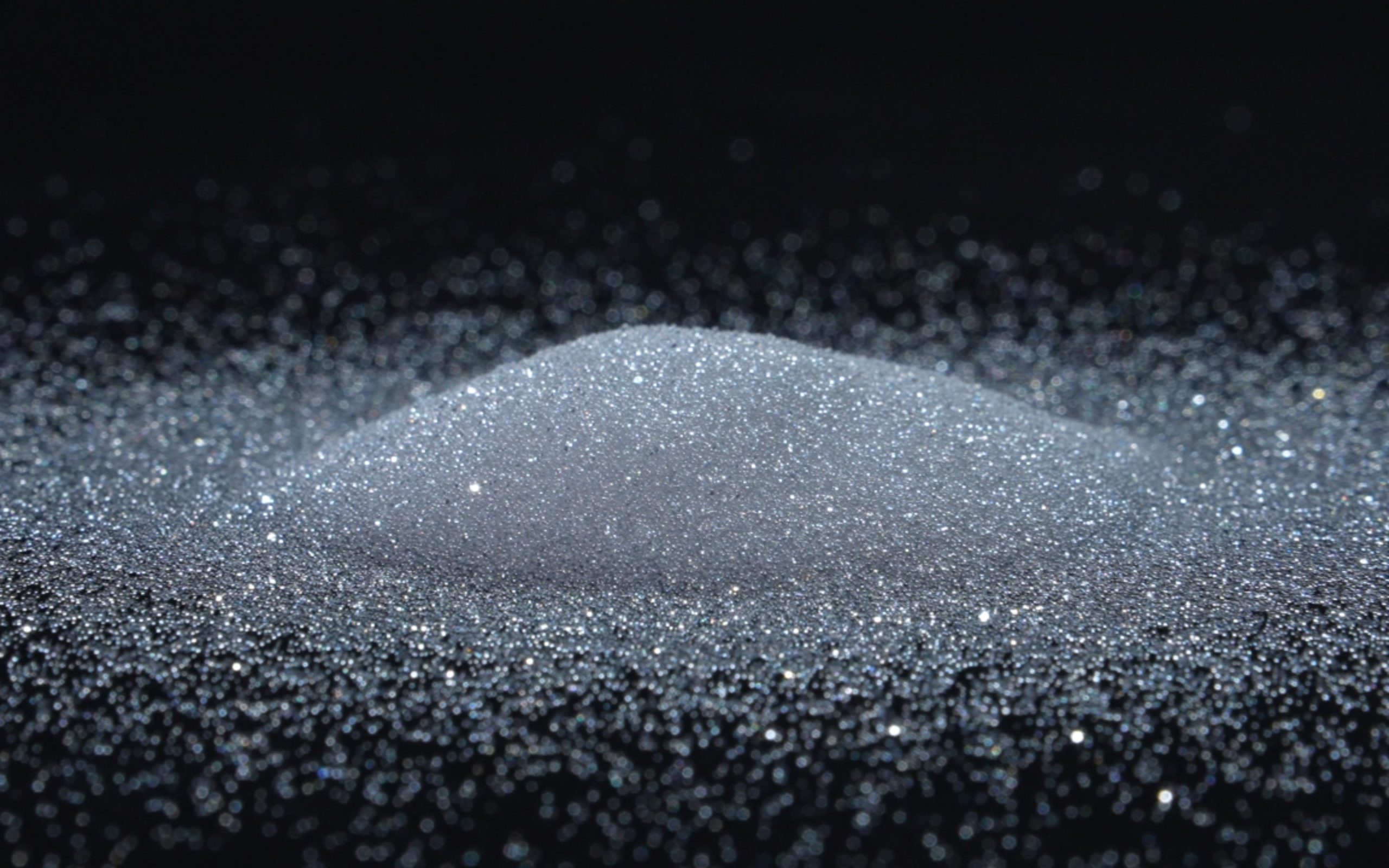
HLH real shot
Advantages of polystyrene deflashing beads in automation
Compared with traditional deflashing materials, polystyrene deflashing beads perform particularly well in automated sandblasting equipment. Its efficient automated processing capabilities mainly come from the following aspects:
- The influence of particle shape and density
- Polystyrene deflashing beads usually present regular spherical particles. This spherical structure gives them excellent fluidity and uniformity during the sandblasting process, allowing them to move freely in the sandblasting equipment and evenly cover the surface to be processed. In contrast, irregularly shaped particles may get stuck or accumulate during the sandblasting process, resulting in inconsistent processing results.
- The lower density of polystyrene allows these deflashing beads to have higher speed and coverage when blasting. This means that at the same blasting pressure, polystyrene beads can cover a larger surface area faster, thus speeding up the process. The lightweight nature of the density also means that they will not exert excessive impact force on the substrate like metal particles, reducing the risk of damage to delicate parts.
- Wear resistance and durability
- Although polystyrene is a lightweight material, it has good wear resistance and can be used repeatedly in the sandblasting equipment without breaking easily. This durability means that in long-term automated operation, polystyrene deflashing beads will not be frequently replaced, reducing the frequency of production downtime and maintenance costs.
- Processing efficiency and consistency
- Due to their light weight and uniform spherical particles, polystyrene beads are more efficiently processed in sandblasting equipment. Sandblasting equipment can spray these beads evenly onto the surface of the part at a higher speed, ensuring that burrs are removed quickly and effectively. This feature gives polystyrene beads a significant time advantage in large-scale production, especially in production environments that require precise control, which can ensure highly consistent surface treatment effects on each part.
The key to optimizing the production process: reducing rework and scrap rates
In precision manufacturing, rework and scrap rates are key indicators for measuring production efficiency and cost-effectiveness. Excessive rework not only wastes time, but also increases production costs and affects the company’s profits. Polystyrene deflashing beads perform well in optimizing production processes, mainly in the following aspects:
- Reduce surface damage: Due to the gentle cutting force of polystyrene deflashing beads, parts will not suffer too much surface damage during the deflashing process, avoiding rework and scrapping caused by excessive grinding. This is especially important for high-precision, high-cost parts.
- Reduce operational errors: The use of automated sandblasting equipment combined with polystyrene beads can significantly reduce human operational errors. Through precise parameter control, each part can get a consistent treatment effect, reducing quality problems caused by uneven treatment.
- Reduce subsequent processing costs: Since polystyrene beads do not generate dust or residue during the deflashing process, parts usually do not require additional cleaning processes after deflashing. This not only shortens production time, but also reduces the cost of subsequent processing.
The dual advantage of reducing processing time and cost
The use of polystyrene deflashing beads can not only improve production efficiency, but also effectively reduce overall processing costs. This dual advantage comes from the following points:
- Fast processing speed: Due to the good fluidity and high spray speed of polystyrene deflashing beads, it can quickly cover the surface of the part and remove burrs efficiently. This greatly shortens the processing time of each part, especially in large-scale production, which can significantly improve the output rate.
- Reduce media consumption: Polystyrene deflashing beads have a long service life and can be recycled many times during the sandblasting process. Compared with other sandblasting media that are more easily broken, the wear resistance of polystyrene beads reduces the frequent replacement of media, thereby reducing media consumption and equipment downtime maintenance costs.
- Reduce manual intervention: Through the use of automated equipment, polystyrene deflashing beads can efficiently complete the deflashing process without manual operation. This not only reduces labor costs, but also reduces errors and rework caused by manual operation.
In precision manufacturing, quality and efficiency are the core of competition. As a highly efficient and low-loss sandblasting medium, polystyrene deflashing beads can help manufacturers optimize production processes, reduce rework and scrap, and reduce overall costs due to their unique physical properties and excellent performance in automated equipment. By introducing this innovative deflashing solution, manufacturers can not only improve the surface quality of their products, but also significantly improve production efficiency, achieving a qualitative change from burrs to perfection.









